

Articles
How To Store White Clothes
Modified: May 6, 2024
Discover the best ways to store your white clothes and keep them looking fresh and stain-free with our helpful articles.
(Many of the links in this article redirect to a specific reviewed product. Your purchase of these products through affiliate links helps to generate commission for Storables.com, at no extra cost. Learn more)
Introduction
White clothes are a staple in many wardrobes. They exude freshness, cleanliness, and can be effortlessly styled for any occasion. However, keeping white clothes looking pristine can be a challenge, as they are prone to stains, yellowing, and discoloration. Proper storage is essential to ensure that your white garments maintain their brightness and longevity.
In this article, we will explore the importance of proper storage for white clothes and provide tips and recommendations to help you effectively preserve and protect your white garments. Whether you have a collection of white t-shirts, blouses, shirts, or delicate white dresses, following these storage guidelines will help keep them looking their best for years to come.
Key Takeaways:
- Proper storage is crucial for maintaining the pristine appearance of white clothes. By following the guidelines provided, you can effectively preserve and protect your white garments, ensuring they stay in optimal condition for years to come.
- Choosing the right storage location and containers, preparing white clothes for storage, and following best practices are essential for preserving the brightness, preventing stains and yellowing, and extending the lifespan of your white garments.
Importance of Proper Storage for White Clothes
Proper storage is crucial for maintaining the pristine appearance of white clothes. White garments are especially susceptible to stains, yellowing, and discoloration, making it necessary to take extra care when storing them. Here are a few reasons why you should pay attention to the storage of your white clothes:
- Preserving Brightness: White clothes have a tendency to lose their brightness over time, especially when exposed to sunlight or stored in damp conditions. By storing them properly, you can minimize the chances of color fading and ensure that your white garments retain their crisp, bright appearance.
- Preventing Stains: White clothes are highly prone to stains from everyday substances like oil, food, and dirt. Proper storage techniques can help protect your garments from accidental spills or stains, reducing the need for excessive laundering and potentially damaging the fabric.
- Preventing Yellowing: Over time, white clothes may develop a yellow tinge, especially when exposed to certain environmental factors or stored improperly. By storing them correctly, you can help prevent yellowing and keep your white clothes looking fresh and vibrant.
- Extending Lifespan: Investing in quality white garments can be costly, and you want them to last as long as possible. By storing them properly, you can extend their lifespan and minimize the need for frequent replacement.
Now that you understand the importance of proper storage for white clothes, let’s explore the steps you can take to prepare your garments for storage.
Preparing White Clothes for Storage
Before you stow away your white clothes for an extended period, it’s essential to take certain precautions to ensure they remain in optimal condition. Here are some steps to follow when preparing your white garments for storage:
- Clean and Dry: Start by washing your white clothes thoroughly. This step removes any dirt, oils, or stains that may have accumulated and helps prevent them from setting in during storage. Use a gentle detergent suitable for whites and follow the fabric care instructions. Once cleaned, ensure that the garments are completely dry before moving on to the next step.
- Inspect for Damage: Before storing your white clothes, examine each item for any signs of damage or wear. Look out for loose seams, missing buttons, or any other issues that may require repairs. Taking care of these repairs beforehand will prevent further damage and ensure that your garments are ready to wear when you retrieve them from storage.
- Remove Stains: If you encounter any stubborn stains on your white clothes, treat them before storing. Follow the appropriate stain removal techniques for the specific type of stain and fabric. Make sure to test any cleaning products or solutions on a small, inconspicuous area of the garment first to avoid any potential damage.
- Fold or Hang: Consider the fabric type and the shape of the garment when deciding whether to fold or hang your white clothes. Lightweight and delicate fabrics, such as silk or lace, are best stored folded to prevent stretching or distortion. Heavier fabrics, like denim or cotton, can be hung to prevent creasing. When folding, use acid-free tissue paper or clean cotton sheets to cushion and protect the garments from any potential creases or wrinkles.
- Avoid Plastic Bags: Plastic bags may seem like an easy choice for storing clothes, but they can cause more harm than good. Plastic traps moisture, leading to a damp environment that can promote mold growth and cause yellowing or musty odors. Instead, opt for breathable storage solutions that allow air circulation, such as fabric garment bags or acid-free cardboard boxes.
By following these steps, you will ensure your white clothes are properly prepared for storage and in the best possible condition when you retrieve them. Next, we will discuss how to select the perfect storage location for your white garments.
Choosing the Right Storage Location
When it comes to storing your white clothes, selecting the right location is just as important as preparing the garments themselves. The storage location should provide the ideal conditions to protect your white clothes from environmental factors that can cause damage or discoloration. Here are some factors to consider when choosing the right storage location:
- Avoid Sunlight: Sunlight can cause fading and discoloration, especially for white fabrics. Choose a storage area that is away from direct sunlight, such as a closet or a room with minimal windows. If you have no choice but to store your clothes in a room with windows, consider using window treatments or curtains to block out the sunlight.
- Control Temperature and Humidity: Extreme temperature fluctuations and high humidity can be detrimental to your white clothes. Opt for a storage area with controlled temperature and humidity levels. Avoid storing your white garments in areas prone to dampness, like basements or attics, as this can lead to mold growth and mildew.
- Avoid Dust and Pollutants: Dust and pollutants can settle on your clothes over time, causing them to become dull or dirty. Choose a storage location that is relatively free from dust and pollutants, such as a clean closet or wardrobe. If your storage space is prone to dust, consider using fabric garment bags or covers to provide an extra layer of protection.
- Consider Air Circulation: Adequate air circulation is essential for preventing musty odors and maintaining freshness in your white clothes. Avoid storing them in airtight containers or overcrowded spaces. Instead, opt for breathable storage solutions that allow air to circulate, such as fabric garment bags or open shelves.
- Pest Control: Protecting your white clothes from pests is crucial. Ensure that the storage area is clean and free from insects or rodents. Consider using natural pest deterrents, such as lavender sachets or cedar balls, to keep pests at bay.
By choosing the right storage location, you can provide your white clothes with an environment that safeguards them from damaging factors. In the next section, we will discuss best practices for storing white clothes, including suitable storage containers and methods.
Best Practices for Storing White Clothes
Storing white clothes properly is key to preserving their freshness, brightness, and overall condition. By following these best practices, you can ensure that your white garments remain in optimal shape during storage:
- Use Acid-Free Storage Containers: When it comes to storing white clothes, it’s important to choose the right storage containers. Opt for acid-free cardboard boxes or plastic containers specifically designed for clothing storage. These containers help prevent yellowing and discoloration that can occur from contact with acidic materials.
- Label the Containers: To easily locate specific items when you need them, consider labeling your storage containers. This will save you time and effort when retrieving your white clothes, especially if you have multiple containers.
- Separate Delicate and Heavy Fabrics: It’s best to separate your white clothes based on fabric type and weight. Delicate fabrics like silk, lace, or chiffon should be stored separately from heavier fabrics like denim or cotton. This prevents any potential damage or stretching that could occur from the weight of heavier garments.
- Avoid Overcrowding: Overcrowding your storage containers or hanging too many clothes in a small space can lead to wrinkling, creasing, and deformities in the fabric. Ensure there is enough room for each garment to breathe and maintain its shape.
- Refrain from Using Mothballs: While mothballs are effective at deterring pests, they can leave a strong odor on your clothes. Instead, use natural alternatives like lavender sachets, cedar chips, or essential oils to keep insects away without compromising the scent of your garments.
- Rotate Stored Clothes: If you have a large collection of white clothes that are not worn frequently, consider periodically rotating them. This will prevent any fabric damage that can occur from extended periods of being folded or hanging in the same position.
By adhering to these best practices, you can ensure that your white clothes are stored in a way that preserves their quality and extends their lifespan. In the following section, we will share some useful tips for protecting white clothes from stains and yellowing.
Store white clothes in a cool, dry place away from direct sunlight to prevent yellowing. Use acid-free tissue paper to wrap delicate items and keep them in breathable garment bags to prevent dust and discoloration.
Read more: How To Store White Sugar
Tips for Protecting White Clothes from Stains and Yellowing
White clothes are notorious for attracting stains and developing yellowing over time. To keep your white garments looking pristine, here are some helpful tips to protect them from stains and yellowing:
- Treat Stains Immediately: When a spill or stain occurs on your white clothes, it’s crucial to treat it as soon as possible. Blot the stain gently with a clean cloth or towel, avoiding any rubbing which may spread the stain. Use a stain remover specifically formulated for white fabrics and follow the instructions carefully.
- Avoid Using Bleach Excessively: While bleach can be effective for removing stains and restoring brightness to white clothes, excessive use can weaken the fabric fibers and lead to yellowing. Use bleach sparingly and only when necessary, following the garment care instructions and diluting it properly.
- Consider Stain Guard Products: Applying a stain guard or fabric protector to your white clothes can provide an extra layer of defense against future stains. These products create a barrier that repels liquid and prevents it from penetrating the fabric fibers, making it easier to remove stains later.
- Be Mindful of Deodorants and Perfumes: Some deodorants and perfumes contain ingredients that can cause yellowing or discoloration on white fabrics. Be cautious when applying these products and allow them to fully dry before dressing in your white clothes.
- Separate White Clothes from Colored Items: When laundering or storing your white garments, always separate them from colored items. Colors from other clothing can transfer onto white fabric, leading to unwanted staining or discoloration.
- Wash White Clothes Regularly: Regular washing is essential to prevent dirt, oils, and sweat from settling into the fabric of your white clothes. Follow the manufacturer’s instructions for proper laundering techniques, and avoid leaving dirty white clothes unwashed for extended periods.
- Store White Clothes Clean: Before storing your white clothes, ensure that they are clean and free from any stains. Stains left unaddressed can set in and become more difficult to remove over time.
By following these tips, you can significantly reduce the risk of stains and yellowing on your white clothes. However, even with the best precautions, accidents can happen. In the next section, we will discuss recommended storage containers for white clothes to further protect them from damage.
Recommended Storage Containers for White Clothes
Choosing the right storage containers for your white clothes is crucial for maintaining their quality and protecting them from damage. Here are some recommended storage containers to consider:
- Fabric Garment Bags: Fabric garment bags are an excellent choice for storing white clothes, especially delicate or special occasion garments. These bags provide breathable protection and prevent dust, insects, and light exposure. Look for bags made from breathable cotton or muslin materials.
- Acid-Free Cardboard Boxes: Acid-free cardboard boxes are an affordable and practical solution for storing white clothes. These boxes are specifically designed to protect textiles and prevent yellowing or discoloration caused by contact with acidic materials. Ensure the boxes are clean and sturdy, and line them with acid-free tissue paper for added protection.
- Plastic Storage Containers: If using plastic containers, opt for high-quality, clear plastic containers that are specifically designed for clothing storage. These containers should be large enough to accommodate folded white clothes without overcrowding. Avoid using containers made of low-quality plastic that may emit harmful chemicals or cause moisture to accumulate.
- Open Shelves or Wardrobes: If you have enough space, open shelves or wardrobes can be an excellent storage option for white clothes. Ensure the shelves or wardrobes are clean and dust-free. You can use dividers to separate different garments and prevent them from mingling.
Remember, regardless of the storage container you choose, it’s important to keep your white clothes in a dry, cool, and well-ventilated area. Avoid storing them in hot, damp, or humid environments, as this can lead to musty smells, mold growth, or fabric damage. Additionally, always make sure your white clothes are clean and completely dry before storing them to prevent any unwanted odors or mildew.
In the next section, we will discuss maintenance and care when retrieving stored white clothes to ensure they are ready to wear.
Maintenance and Care when Retrieving Stored White Clothes
When it’s time to retrieve your stored white clothes, proper maintenance and care are essential to ensure they are ready to wear. Here are some tips to follow when retrieving your white garments from storage:
- Inspect for Damage: Before wearing your stored white clothes, carefully inspect each item for any signs of damage, such as loose seams, missing buttons, or discoloration. If you notice any issues, address them before wearing the garment to prevent further damage.
- Refresh and Remove Wrinkles: Depending on the fabric type, your white clothes may need a little refreshing after being in storage. Consider using a fabric steamer or iron on a low heat setting to remove any wrinkles or creases. Follow the garment care instructions to avoid damaging the fabric.
- Check for Lingering Odors: If you detect any musty or stale odors when retrieving your white clothes, you can freshen them up by lightly spritzing with a fabric freshener or using odor-absorbing products, such as baking soda or activated charcoal, in the storage area to prevent odors from forming in the first place.
- Handle with Clean Hands: Always ensure your hands are clean before handling your white clothes. Oils or dirt on your hands can transfer to the fabric and potentially cause stains or discoloration.
- Try on and Assess Fit: When retrieving stored white clothes, try them on to ensure they still fit well. Our bodies can change over time, and it’s better to identify any fit issues early on rather than finding out when you’re ready to wear the garment.
- Re-Wash if Necessary: If you notice any lingering stains or smells after retrieving your white clothes from storage, consider washing them before wearing. Follow the garment care instructions and use a gentle detergent suitable for white fabrics.
By following these maintenance and care tips, you can ensure that your white clothes are in excellent condition and ready to be proudly worn. However, it’s important to be aware of common mistakes to avoid to preserve the quality of your white garments, which we will discuss in the next section.
Common Mistakes to Avoid when Storing White Clothes
Properly storing white clothes is essential to maintain their quality and avoid damage. To ensure your white garments stay in excellent condition during storage, avoid these common mistakes:
- Storing Dirty Clothes: Never store white clothes without cleaning them first. Dirt, oils, and stains can set in and become more difficult to remove if left untreated for an extended period.
- Using Wire Hangers: Avoid hanging white clothes on wire hangers, as they can cause stretching, misshaping, and leave imprints on the fabric. Opt for padded or wooden hangers to support the shape of the garments.
- Storing in Plastic Bags: Plastic bags may seem convenient, but they can trap moisture and create a damp environment that can lead to mold growth or yellowing. Choose breathable storage solutions like fabric garment bags or acid-free cardboard boxes.
- Using Poor-Quality Storage Containers: Low-quality storage containers can emit harmful chemicals or be too flimsy to provide adequate protection for your white clothes. Invest in high-quality, acid-free cardboard boxes or plastic containers designed for clothing storage.
- Storing in Damp Areas: Avoid storing white clothes in areas prone to dampness, like basements or attics. Moisture can lead to mold, mildew, and unpleasant odors. Choose a dry, cool, and well-ventilated storage location.
- Ignoring Pest Control: Neglecting pest control measures can result in damage to your white clothes. Use natural pest deterrents like lavender sachets or cedar balls to keep insects away from your stored garments.
- Overcrowding: Overstuffing storage containers or hanging too many clothes in a small space can cause wrinkling, creasing, and misshaping of white clothes. Give your garments enough room to breathe and maintain their shape.
- Exposing to Sunlight or Harsh Light: Sunlight and harsh light can fade and discolor white clothes over time. Store your white garments in a location away from direct sunlight or use window treatments to block out excessive light.
By avoiding these common mistakes, you can help ensure that your white clothes stay in excellent condition and are ready to be enjoyed when you retrieve them from storage. Now, let’s summarize what we’ve covered so far.
Read more: How To Store Egg Whites
Conclusion
Proper storage is essential for maintaining the brightness, cleanliness, and longevity of your white clothes. By following the guidelines and tips provided in this article, you can effectively preserve and protect your white garments, ensuring they stay in optimal condition for years to come.
Start by preparing your white clothes for storage, ensuring they are clean, dry, and free from any damage. Choose the right storage location, one that is away from sunlight, maintains controlled temperature and humidity levels, and is free from dust and pollutants. Select suitable storage containers such as fabric garment bags, acid-free cardboard boxes, or plastic containers specifically designed for clothing storage.
When retrieving stored white clothes, inspect them for any damage, refresh them if necessary, and handle them with clean hands. If needed, re-wash the garments before wearing to remove any lingering stains or odors. Be mindful of common mistakes to avoid, such as storing dirty clothes, using wire hangers, or overcrowding storage containers.
By taking the time to store your white clothes properly and following these best practices, you can preserve their brightness, prevent stains and yellowing, and extend their lifespan. Whether it’s a white t-shirt, blouse, or delicate white dress, your garments will remain fresh and vibrant for every occasion.
So go ahead, apply these tips, and store your white clothes with care. Enjoy the confidence and elegance that comes with wearing beautifully preserved white garments!
Now that you've mastered storing white clothes, why not tackle other common household challenges? If unsightly stains on your toilet seat have been a bother, our guide on effective stain removal methods will prove invaluable. Additionally, for those considering an update to their wardrobe storage solutions, our roundup of the clothing storage options for 2024 offers fresh and innovative ideas to maximize space and maintain organization.
Frequently Asked Questions about How To Store White Clothes
Was this page helpful?
At Storables.com, we guarantee accurate and reliable information. Our content, validated by Expert Board Contributors, is crafted following stringent Editorial Policies. We're committed to providing you with well-researched, expert-backed insights for all your informational needs.

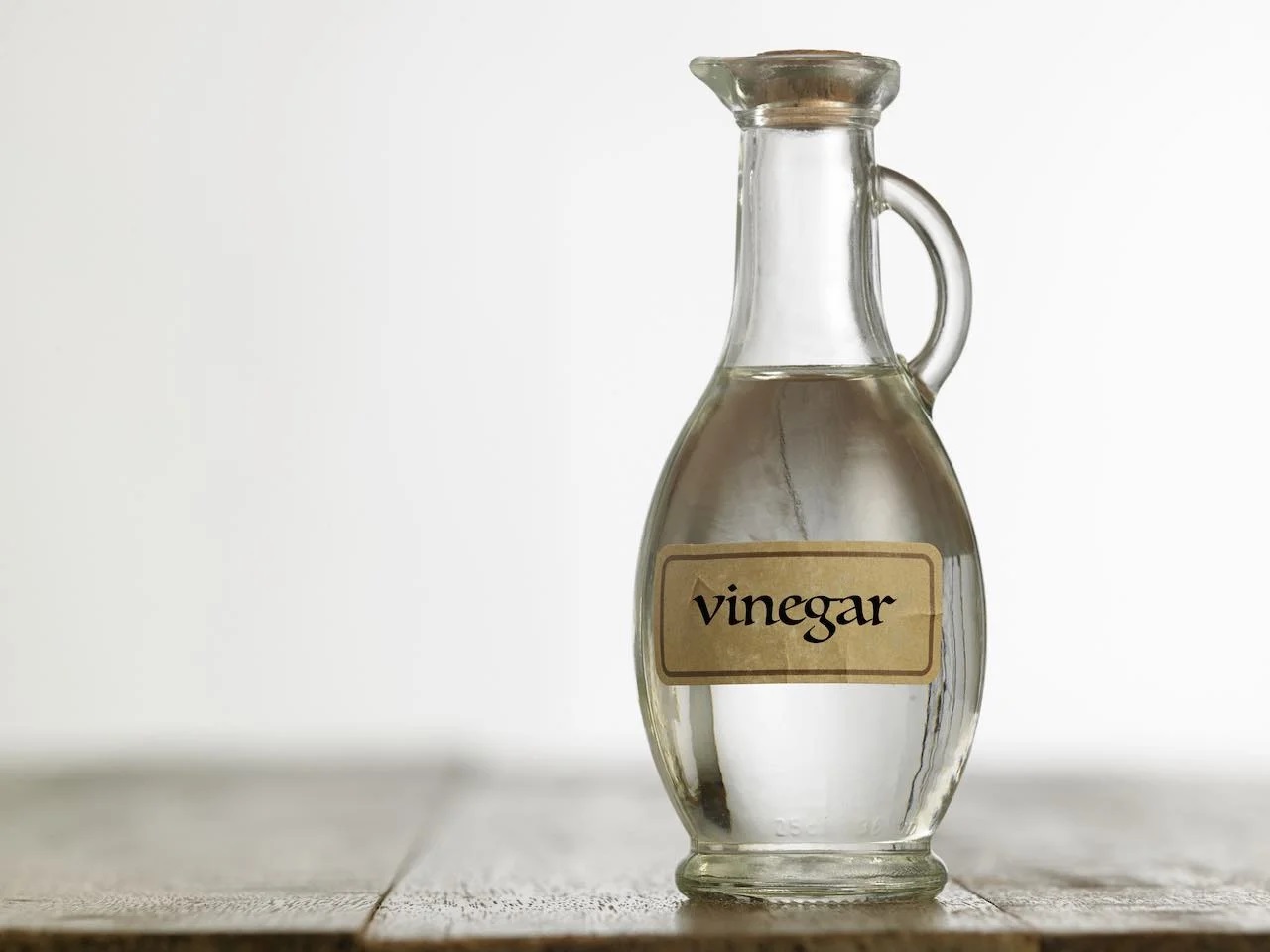

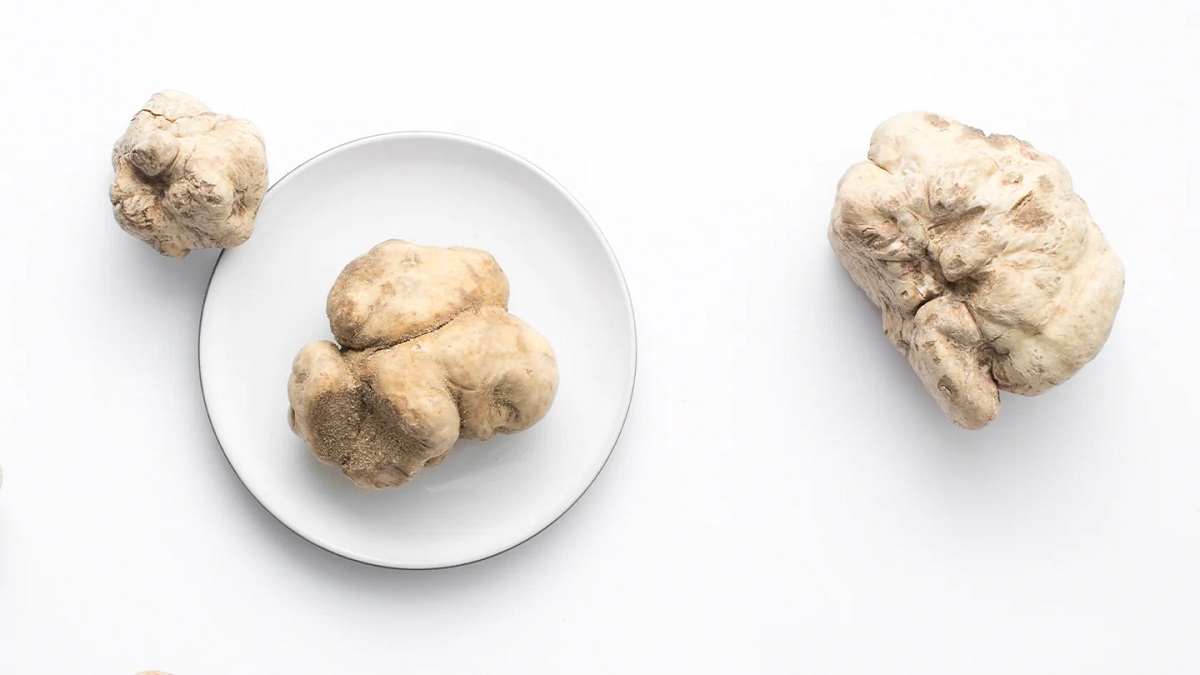

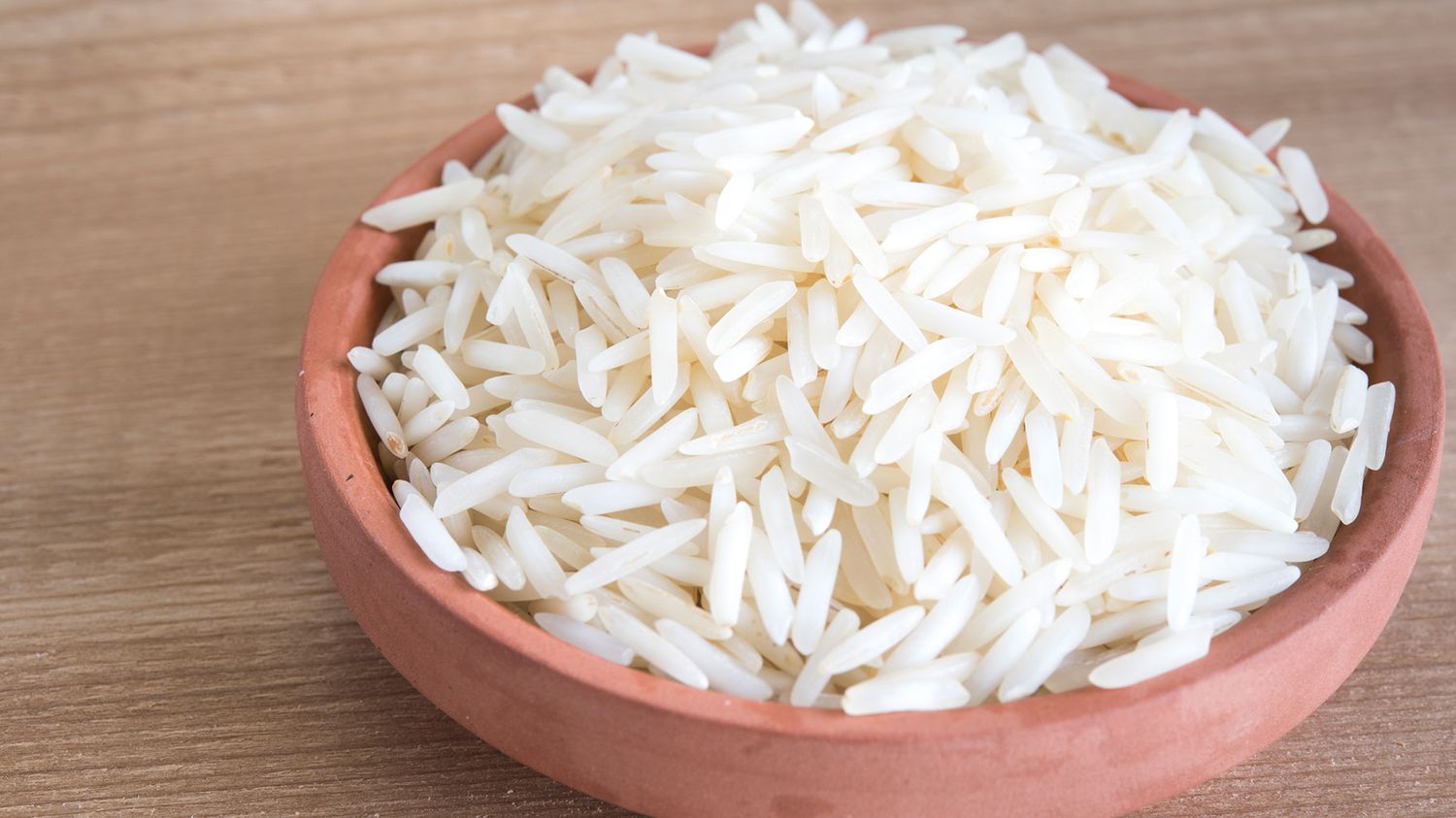




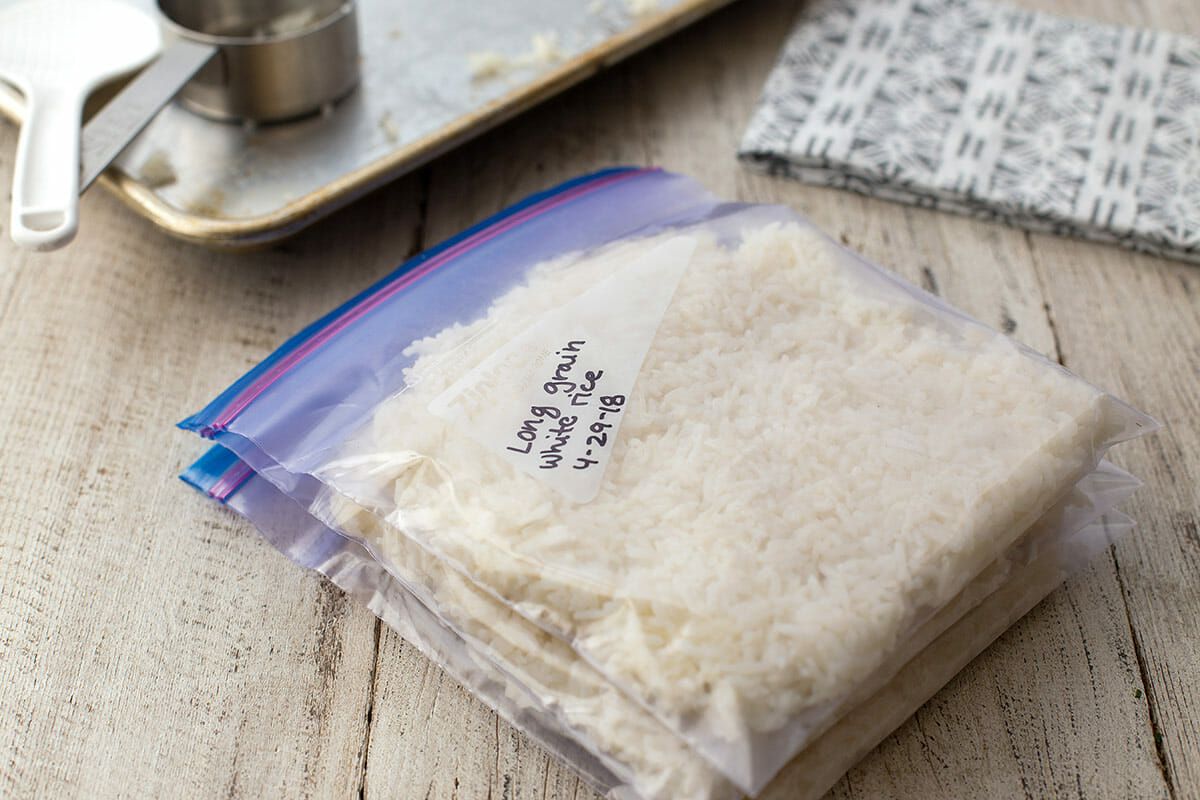
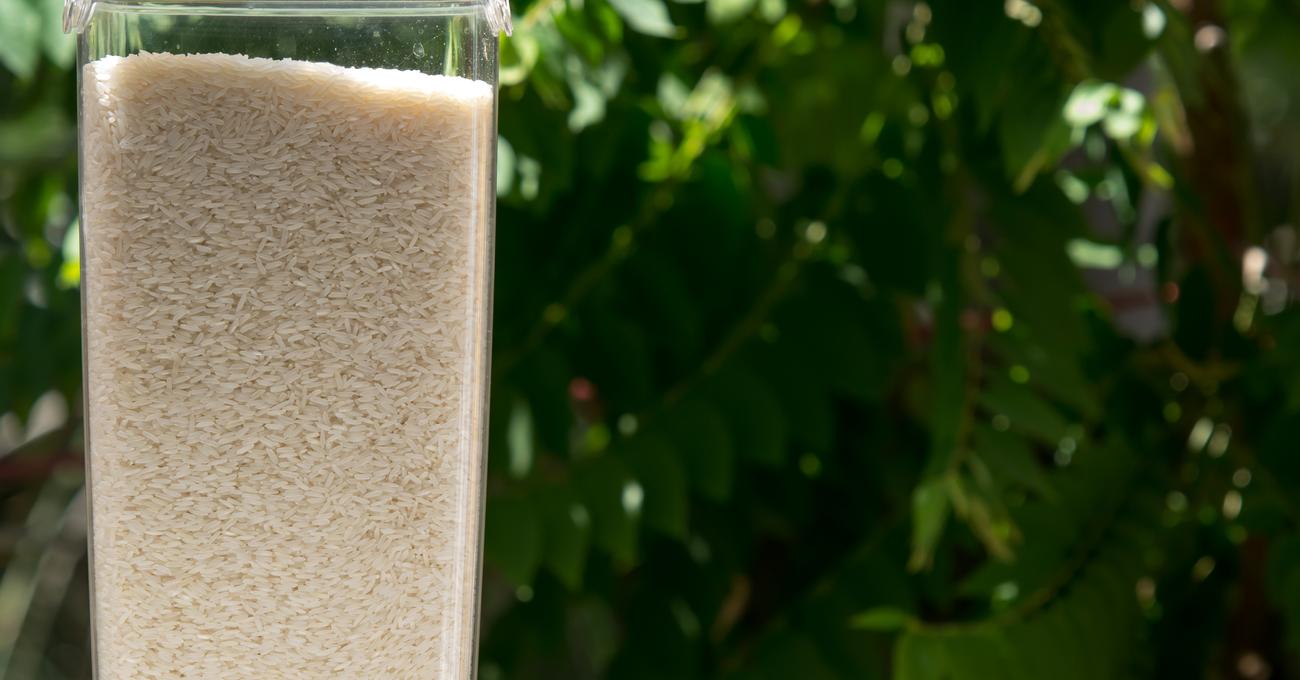
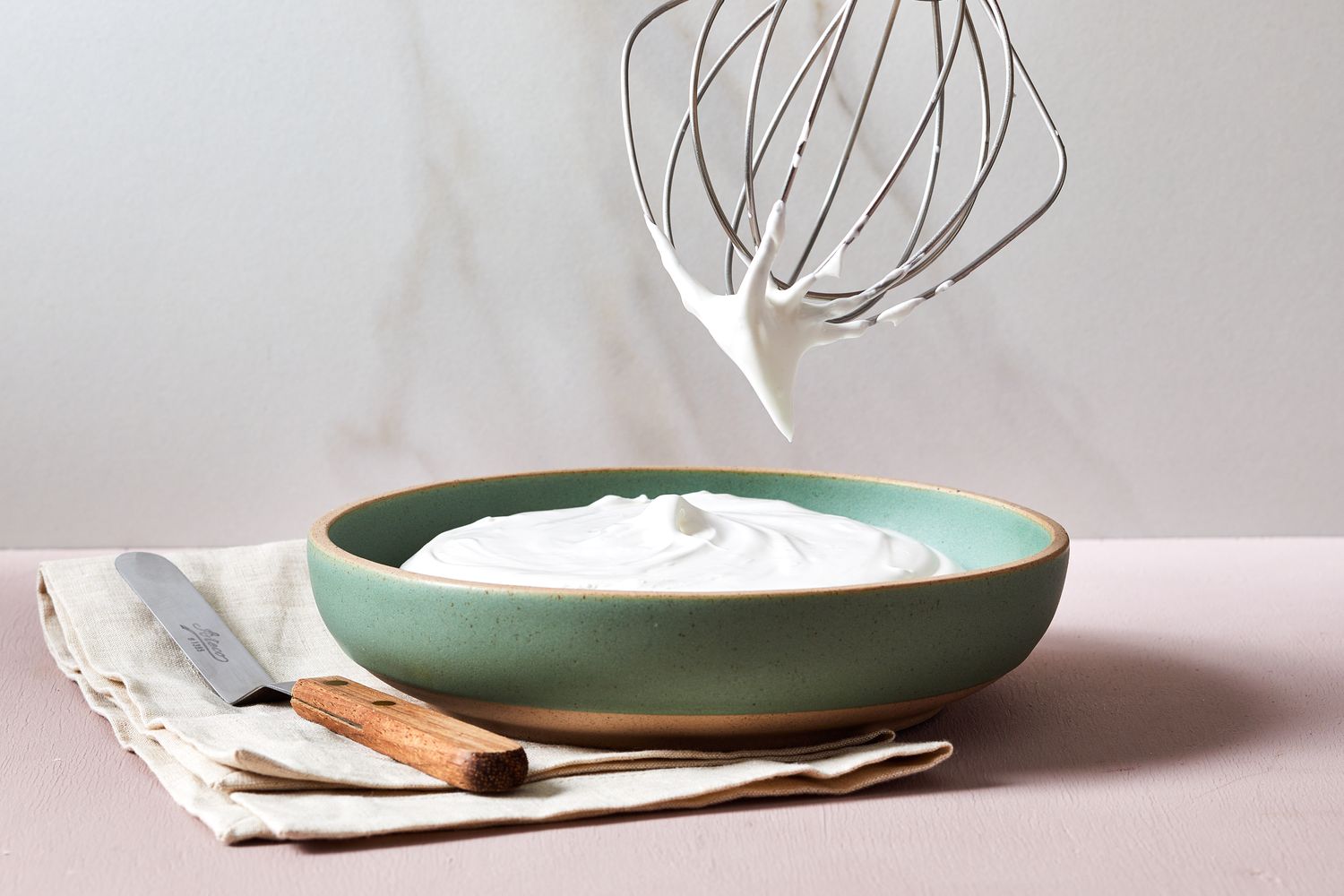

0 thoughts on “How To Store White Clothes”